ATC SCM40 and SCM40A
Active v passive speaker comparison
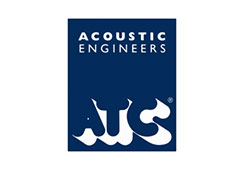
Active v passive speaker comparison

If you have researched hi-fi even a small amount over the years you will have undoubtedly come across the British brand name ATC. Formed in 1974 they rapidly gained a reputation for developing some of the finest drive units available for both the professional and domestic audio industries, entirely manufacturing these units themselves from their facility in Stroud, Gloucestershire.
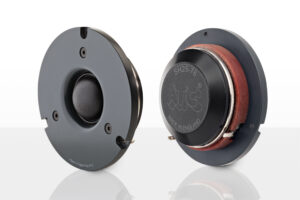
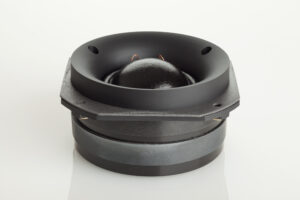
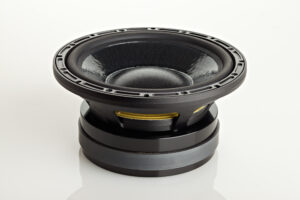
We encourage you to visit the ATC website where you can see the illustrious client list that ranges from Beck, Ziggy Marley, David Gilmour, Bruce Springsteen, Sting, Agnes Obel, and Jack White through to The Sydney Opera House; check out the full list here: http://atcloudspeakers.co.uk/client-list/. We feel it’s both interesting and noteworthy to consider the vast list of musicians, producers, and businesses that have chosen ATC loudspeakers for themselves – there must be something in it!
ATC are one of a handful of loudspeaker manufacturers that fully embrace both active (correctly defined as a design where the crossover comes before the power amplification, not just a loudspeaker with an amplifier onboard) and passive loudspeaker design. They certainly favour the former which begs the question of why produce both, so as this is something we’re asked on a regular basis, we thought we’d combine our views with the feedback we’ve received from customers on this very topic.
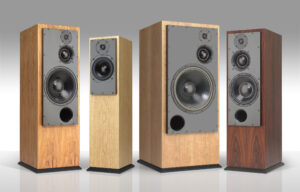
Having been admirers of ATC for many years we carry a wide selection of their loudspeakers on demonstration in both active (specifically SCM19A, 40A and 50A) and passive (SCM7, 11, 40 & 50) forms. This makes us well-placed to run a variety of comparisons, however, we wanted to make this assessment financially relevant too, so we chose to compare the SCM40s to the SCM40As, and below are the findings from one of our colleagues:
We had ATC’s SCA2 pre-amplifier and P2 power amplifier available, so we thought it would be interesting to start with them and the passive SCM40s (from here I will simply refer to as 40’s). Since we wanted to be able to make discernible differences, we wanted to use a source that would provide as much musical information as possible, and keeping with the British theme we opted for the extraordinary Linn Klimax DSM Network Music Player, configured as a source component.
SCM40 Passive (click title to view product page)
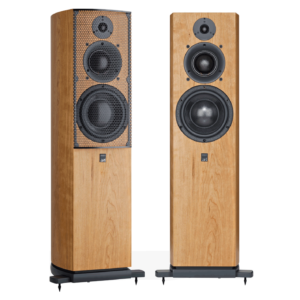
I began with Bruce Springsteen’s provoking American Skin (41 Shots). At 1 minute 13 seconds the piano comes in and it’s really lovely, with the lower notes being amongst some of the best I’ve heard: firm and satisfying with a believable decay. Listening to Dukes Place from The Great Summit – The Master Tapes by Duke Ellington & Louis Armstrong, the separation was such that the instruments were almost palpable. Moving the pace down a gear with I knew that I loved you on the album Houses by Silje Nergaard, her voice is beautifully three-dimensional and the space around the guitar strings was very good indeed. I know it’s probably been stated numerous times in peer reviews but this combination gives a really natural and honest replication of music. “What a great start” I thought, “this is going to take some beating”.

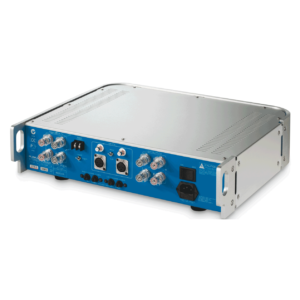
The first change was to the power amplification, so in came the P10 from Plinius, as it’s a personal favourite. While playing Tony Anderson’s After the Storm which I’d also played through the ATC P2 I recognised more warmth this time, and it was very easy to listen to. It felt a little less precise than before but more emotionally engaging, although which is ‘better’ would depend entirely on the listener. I couldn’t say that the Plinius offered more as it were but it absolutely offered something different and is therefore worth listening to.


It was on the next power amplifier change when things really got interesting, moving up to the Linn Klimax Twin power amplifier. I turned straight back to Silje Nergaard, and at the opening bars I genuinely sat up in my chair: “Wow!”, I honestly wasn’t expecting such a leap in performance. There was more air and more depth with the soundstage extending well beyond the boundaries of the room, and with the loudspeakers literally disappearing – it was quite something. It’s great when you find a combination that gels like that and your expectations surpassed – I hadn’t heard them together before myself, but I could certainly recommend them now.
ATC SCM40 Active (click title to view product page)
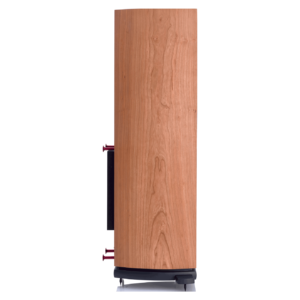
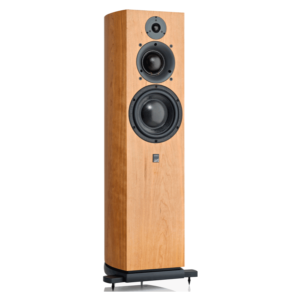
To keep things consistent, the front end stayed the same with the Klimax DSM and SCA2 pre-amplifier into the 40A’s. I know it’s a cliché, and I do somewhat apologise, however, I simply cannot get away from the fact that the moment I put on Nergarrd it was as if she had literally walked into the room with her guitar, the music enveloped me completely. The Klimax Twin power amplifier with the passive 40’s was indeed beautiful, but the active 40’s sounded beautifully real. Moving back to American Skin I heard background nuances I had not spotted before despite my deep knowledge of this track. Throwing some clever modern pop at the system in the form of Billie Eilish’s My Future, her voice – just WOW! – the intro has me reaching out (this track is a must-listen regardless of any preconceptions of Billie!).
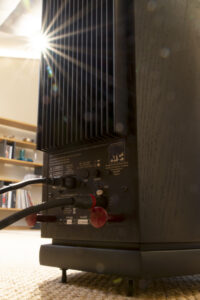
There was something different this time. I realised I was now listening to every track all the way through to the very end because I wanted to. I was fully engaging with every instrument, every word, it really was exceptional. It goes without saying that for me, the active SCM40A gave the best performance I had heard during these comparisons, and whilst the set-up used was a little front-end heavy in terms of the cost of the source component, I was amazed by the overall performance given the relatively modest cost of the SCM40/40A.
So, yes, I could have listened to more genres of music but this is a range of the type of music I enjoy. I’ve been at this for hours now – the store closed for the day some time ago and everyone has long since gone home. It’s Saturday night, and I just want to keep on listening!
Anyway, so I’ve decided, these speakers have been named incorrectly. They are not the SCM40A or even the active 40s as some may call them, I am now more accurately naming them the Special 40’s!
Summary
Needless to say, the active 40A were the winner here, however, we’ve found that it’s not always as clear cut as this, due to personal taste. We have many customers that own passive ’40s with amplification from a raft of different brands, and in one particularly notable case, we have a pair of brothers – one with 40As but the other with passive 40s and his own choice of amplification after trying the 40A at home, as he found the active version to be a little too clean sounding for his liking.

Whilst we firmly believe a correctly implemented active loudspeaker design is technically superior to a passive type it doesn’t mean everyone will prefer it, as you’re combining two elements – power amplification and loudspeakers – from the same brand, therefore, you’re getting two ‘lots’ of that brand’s ‘sound’, where mixing the clean and accurate nature of the SCM40 with other amplification – potentially, tri-amplification due to the tri-wire crossover in the passive ’40s – can change the flavour considerably.
To summarise, there really is only one person that can choose between the two designs, and that’s the person who’ll live with them!
![]()
